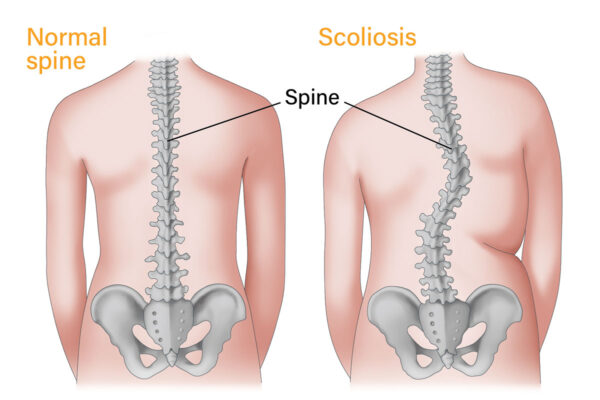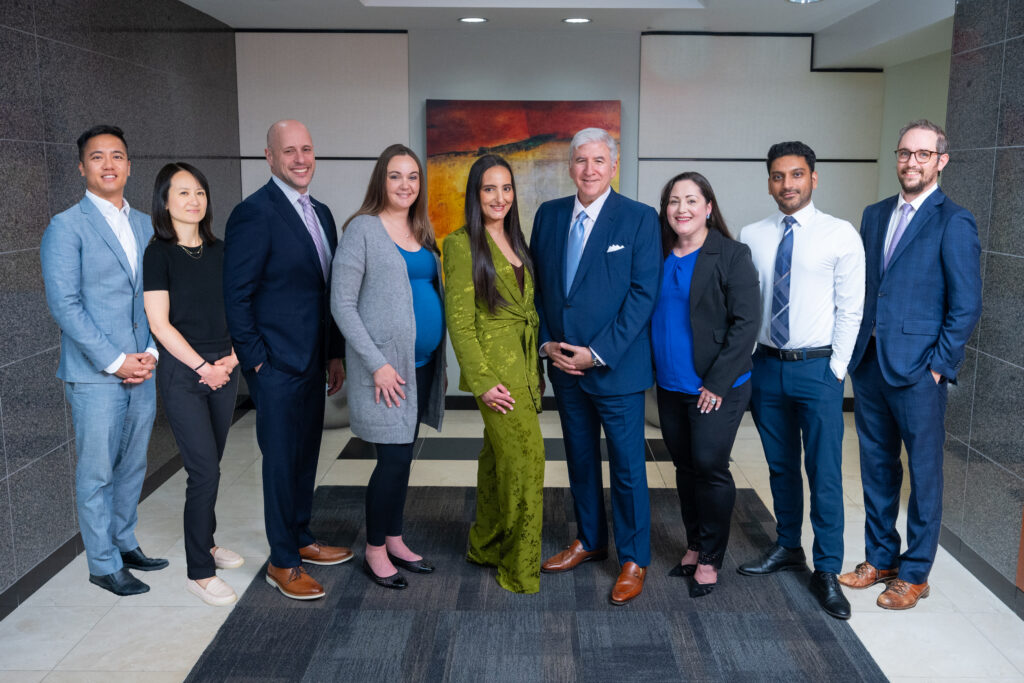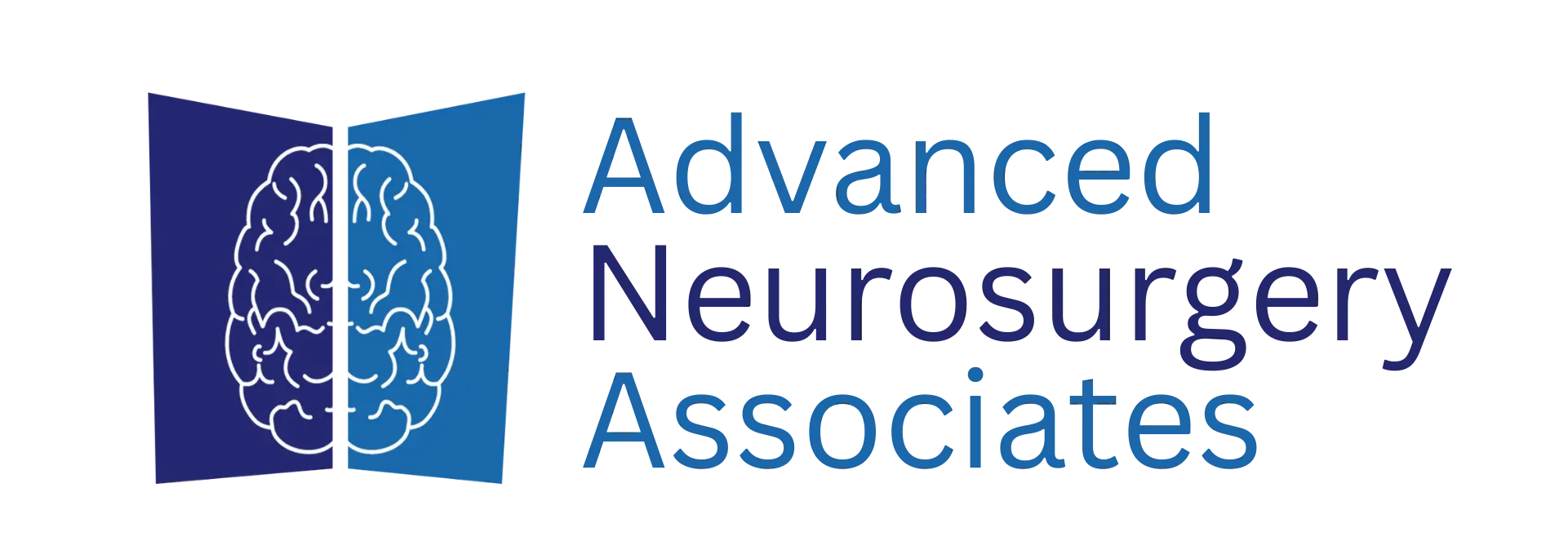Scoliosis Treatment
Advanced, Personalized Care by Board-Certified Spine Specialists in New Jersey

What Is Scoliosis?
Scoliosis is a condition where the spine curves abnormally to the side, typically in an “S” or “C” shape. It can develop during childhood or adolescence (idiopathic scoliosis) but may also appear in adults due to aging or degeneration (degenerative scoliosis). The severity of the curve can vary and may worsen over time if not properly managed. Most cases of scoliosis have a curvature of less than 25 degrees and only require observation.
Scoliosis may accelerate during a rapid growth period and may worsen later in life if untreated. That’s why early scoliosis treatment in Rutherford NJ can play a key role in preventing progression and improving quality of life. Symptoms may vary based on the type and severity of the condition.
Although most causes of scoliosis are unknown, some cases may be genetic, the result of a previous injury, or a symptom associated with another condition, such as cerebral palsy or muscular dystrophy.
Common Symptoms of Scoliosis
Scoliosis is often identified by the following appearances and traits:
- Uneven shoulders or hips
- Visible curve in the spine
- One shoulder blade more prominent than the other
- Back pain or stiffness
- Fatigue after standing or sitting for long periods
- In severe cases, difficulty breathing due to ribcage compression
What Are the Risk Factors for Scoliosis?
Although the cause of scoliosis is often unknown, it does tend to occur among the following individuals.
- Females. More females than males are likely to develop idiopathic scoliosis, the type that is caused by unknown origins.
- Heredity. Those who have one or more family members with scoliosis are more likely to develop scoliosis.
- Injury and infection. Those who have suffered a chest wall or spinal injury or an infection of the spine have an increased chance of developing scoliosis.
- Other conditions. Those born with spina bifida, cerebral palsy, muscular dystrophy, spinal cord injury, or other birth defects that affect bone and spine development are likely to be born with or develop scoliosis.
When to Seek Evaluation
- Noticeable spinal curve or postural imbalance
- Uneven waistline or shoulder height
- Back pain that persists or worsens
- Decreasing height or difficulty standing straight
Diagnosis & Assessment
- Physical Exam: To evaluate spinal symmetry, flexibility, and posture
- X-rays: To measure the degree and location of the curve
- MRI or CT scans (if needed): To assess spinal cord or disc involvement
Treatment Options
Non-Surgical Treatment:
- Observation: For mild curves that are not progressing
- Bracing: Recommended for growing children and adolescents with moderate curves
- Physical Therapy: Helps strengthen core muscles, improve posture, and reduce discomfort
- Pain Management: Includes medications or injections for adults with degenerative scoliosis
Surgical Treatment: When conservative methods don’t relieve back pain and your quality of life is compromised by disabling pain, spinal imbalance or reduced mobility, your doctor may recommend scoliosis surgery at your advanced spine center.
- Spinal Fusion Surgery: Standard for severe or progressive curves, particularly when function or breathing is impacted
- Minimally Invasive Surgery: When appropriate, allows for less tissue disruption and quicker recovery
- Deformity Correction: Advanced techniques are used to realign the spine and prevent future progression
When to Consider Surgery
- The curve exceeds 40–50 degrees
- There is rapid curve progression despite bracing
- Pain, mobility issues, or breathing problems interfere with daily life
- Non-surgical treatments are no longer effective

Why Choose Us for Scoliosis Care
- Board-certified neurosurgeons and spine specialists
- Expertise in pediatric and adult scoliosis
- Personalized treatment plans with non-invasive and surgical options
- Advanced diagnostic and surgical technology, including scoliosis surgery in Rutherford for severe cases
- All major insurances accepted
